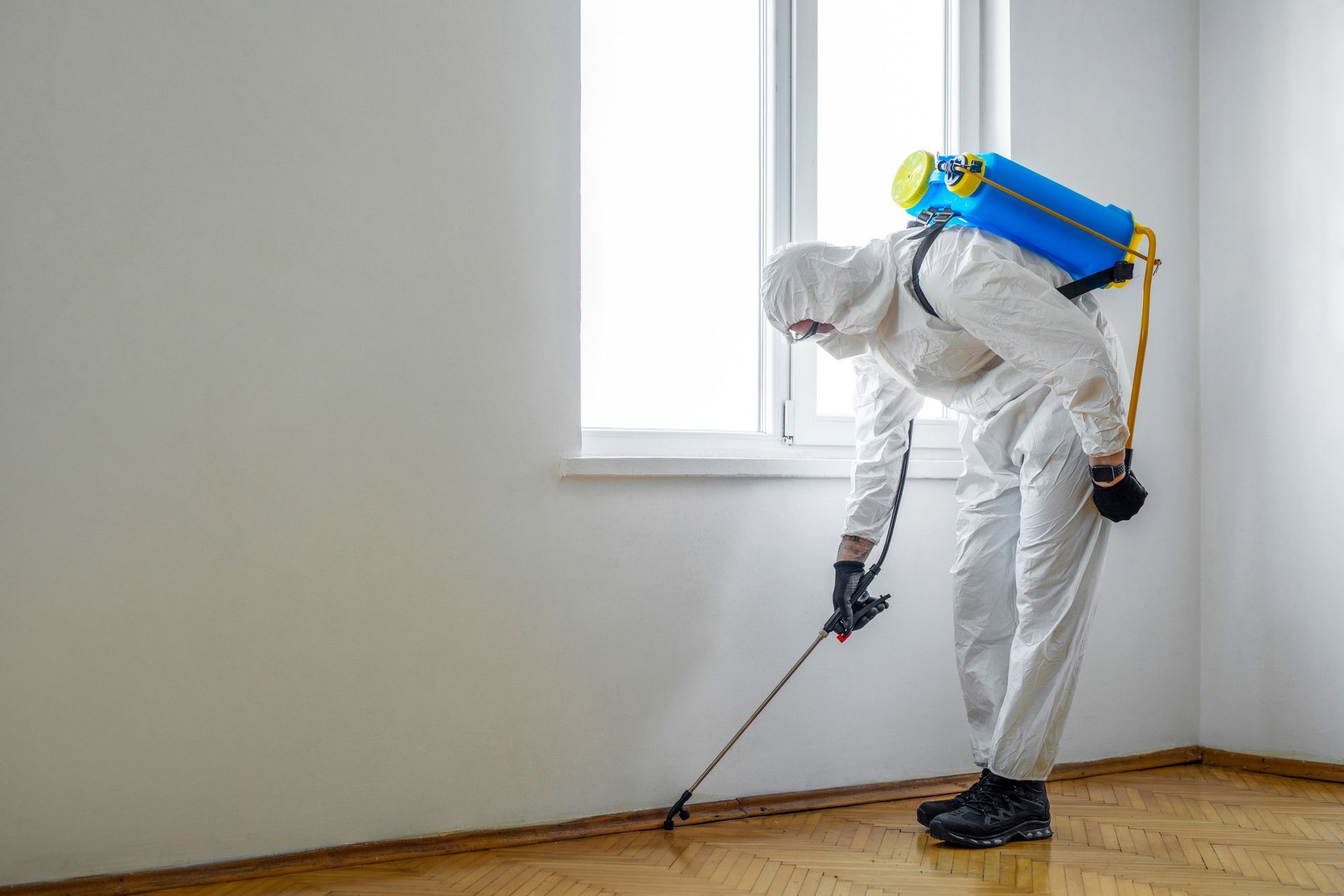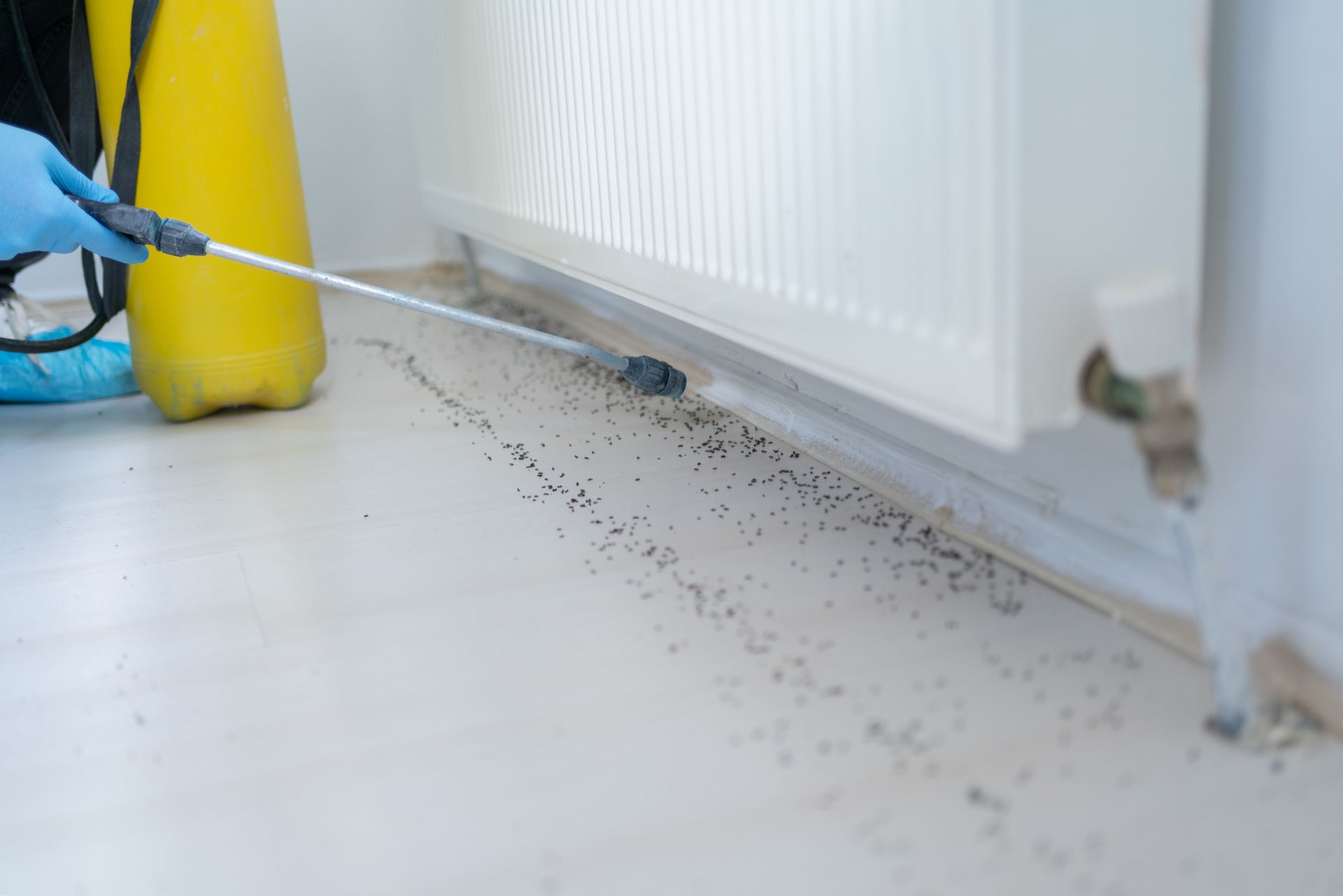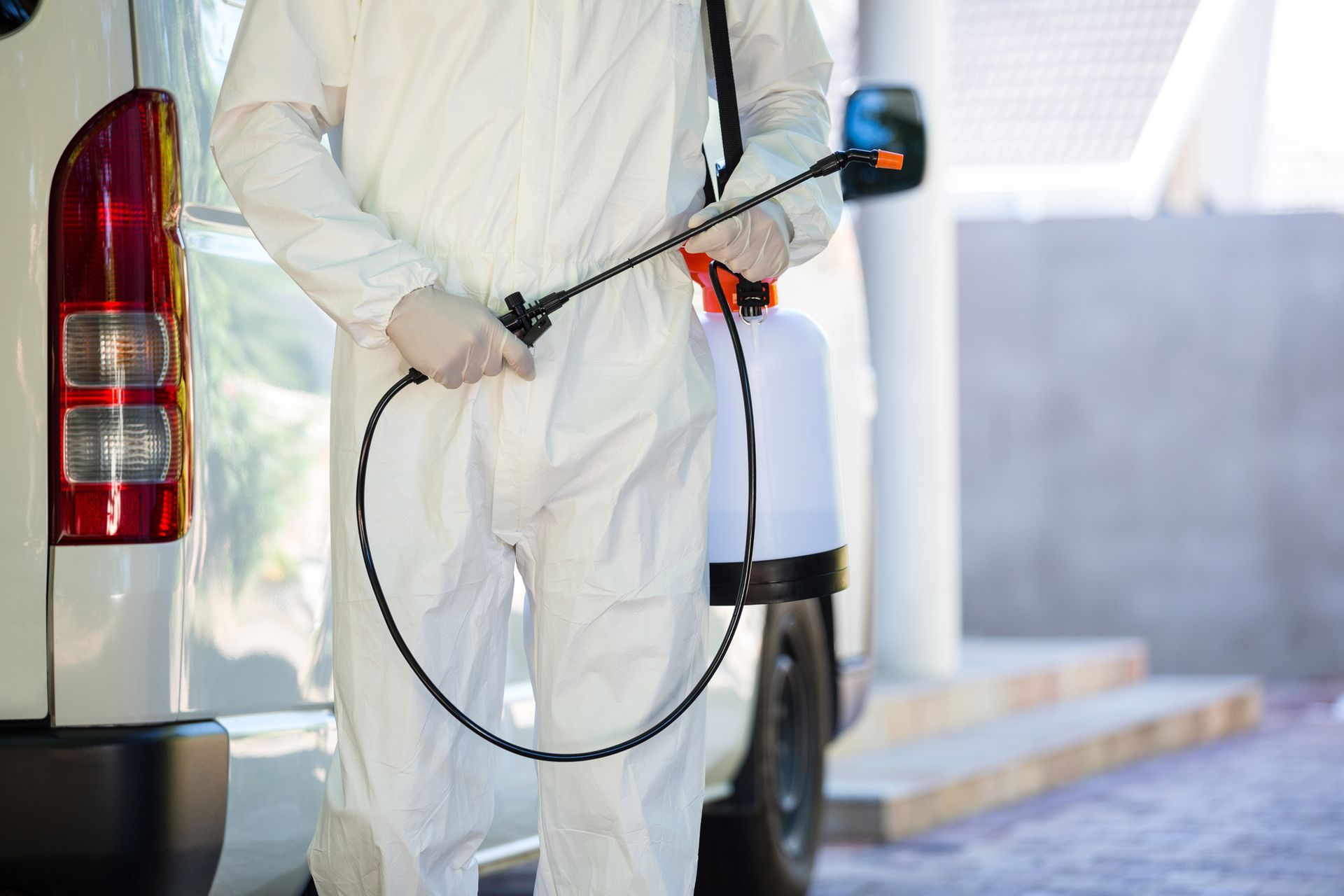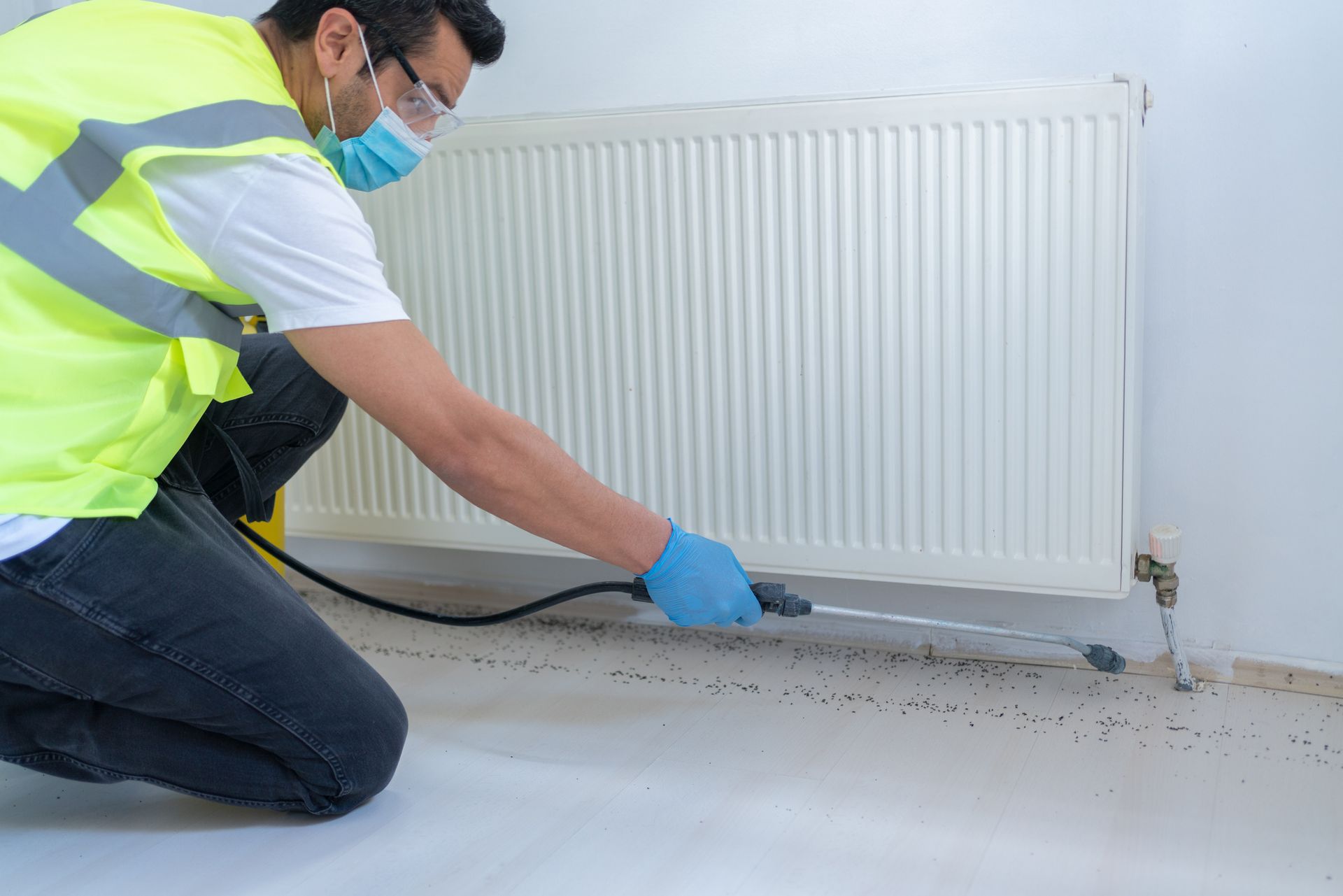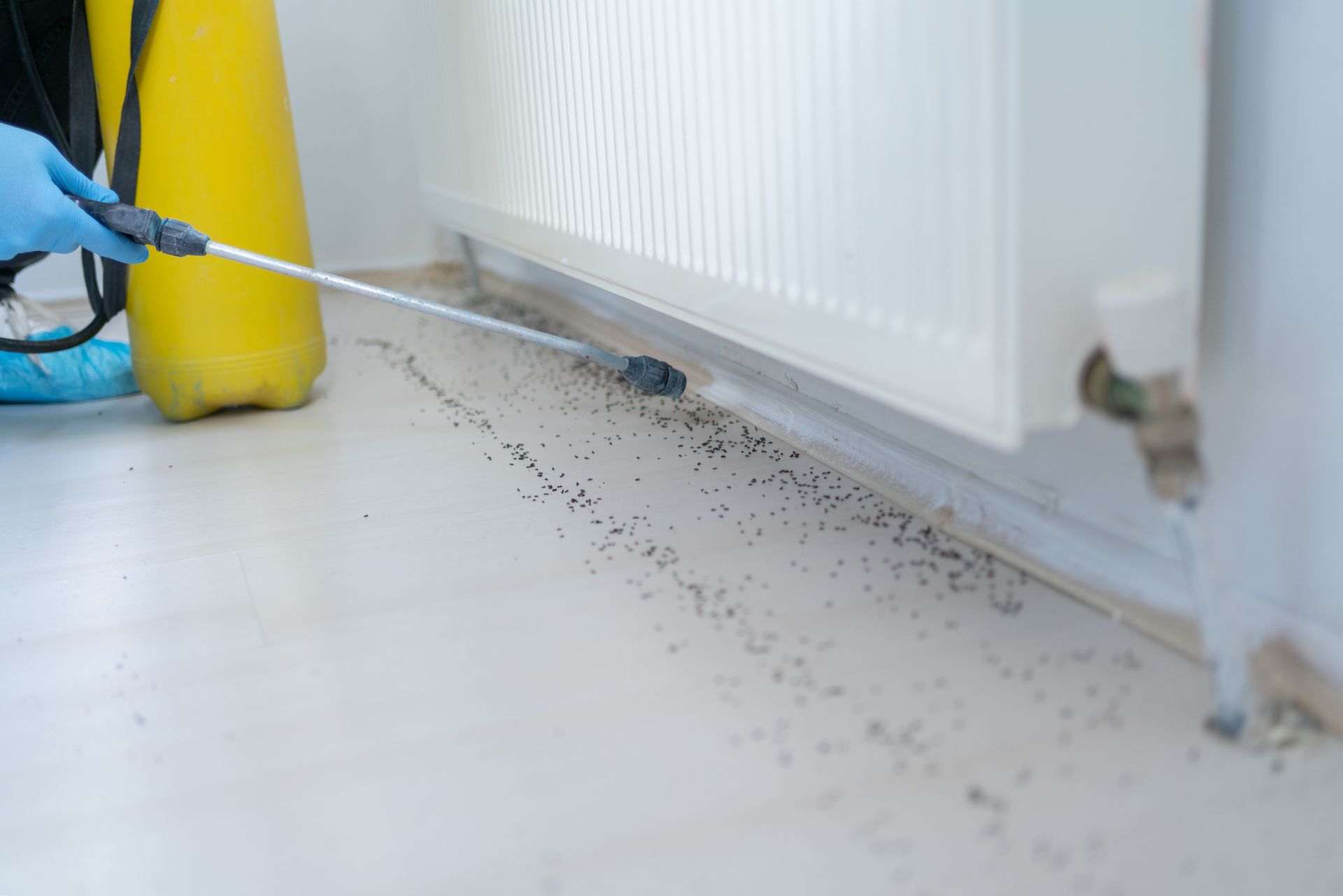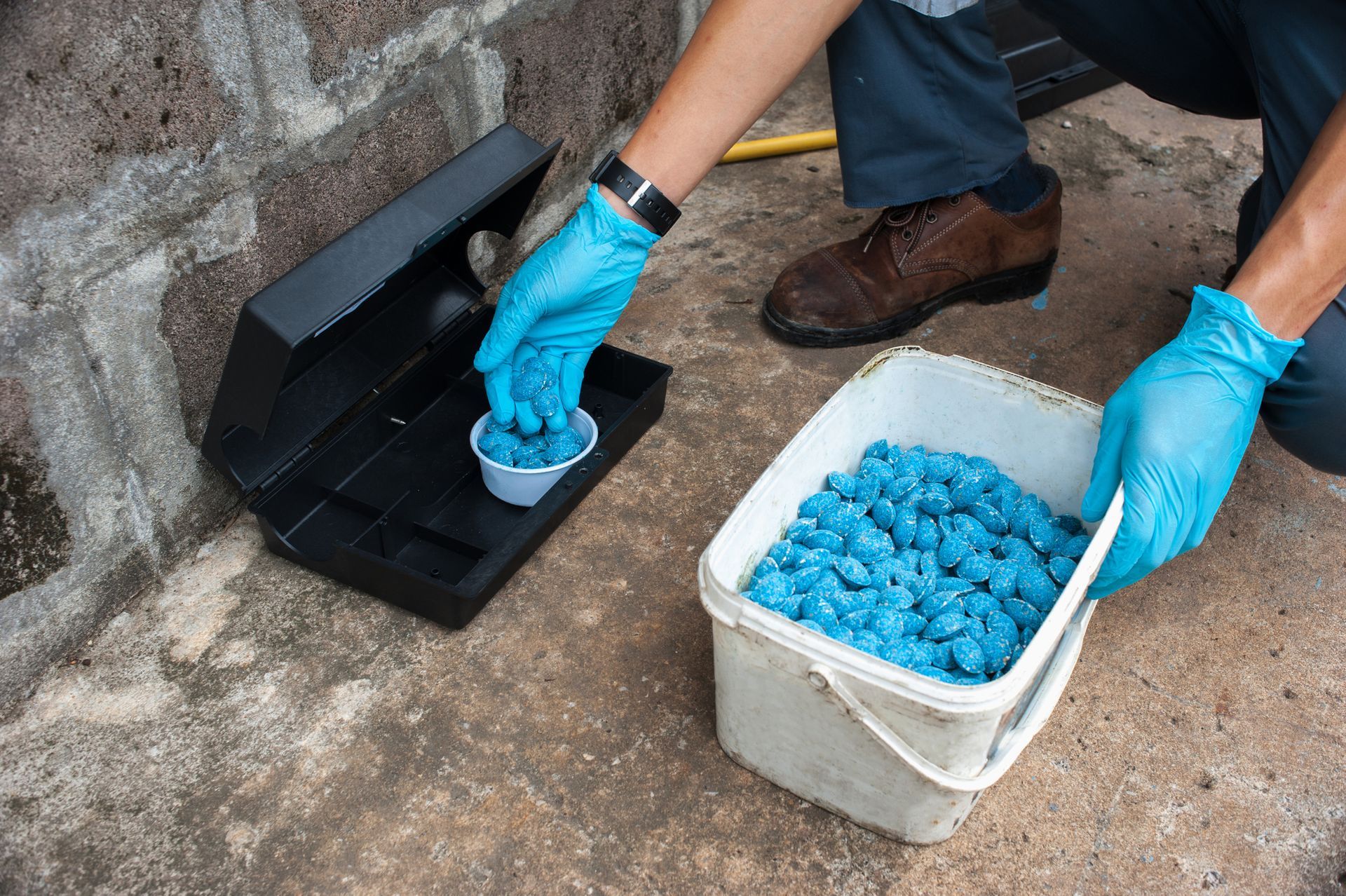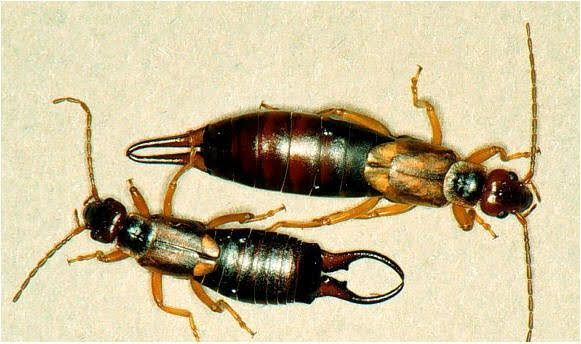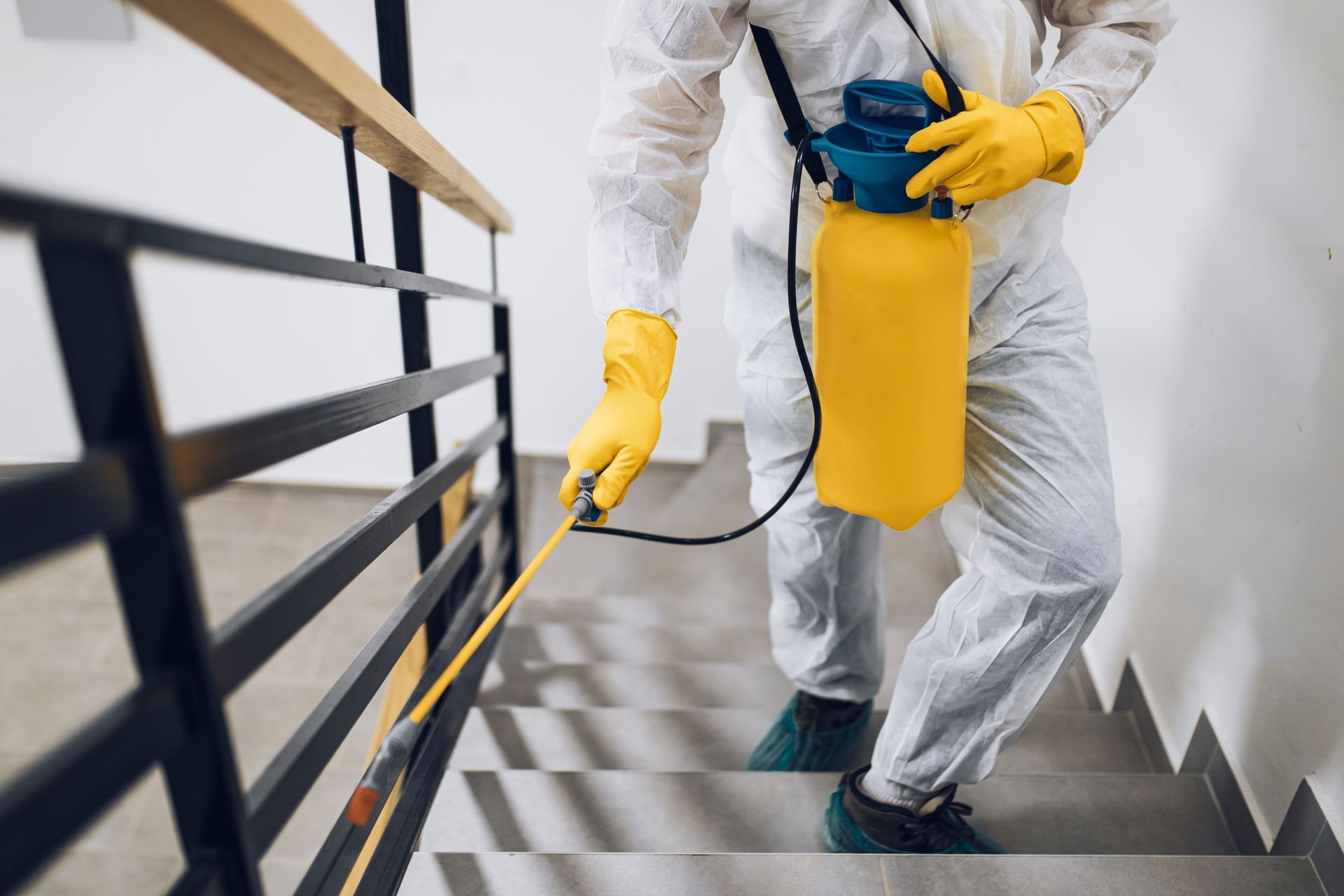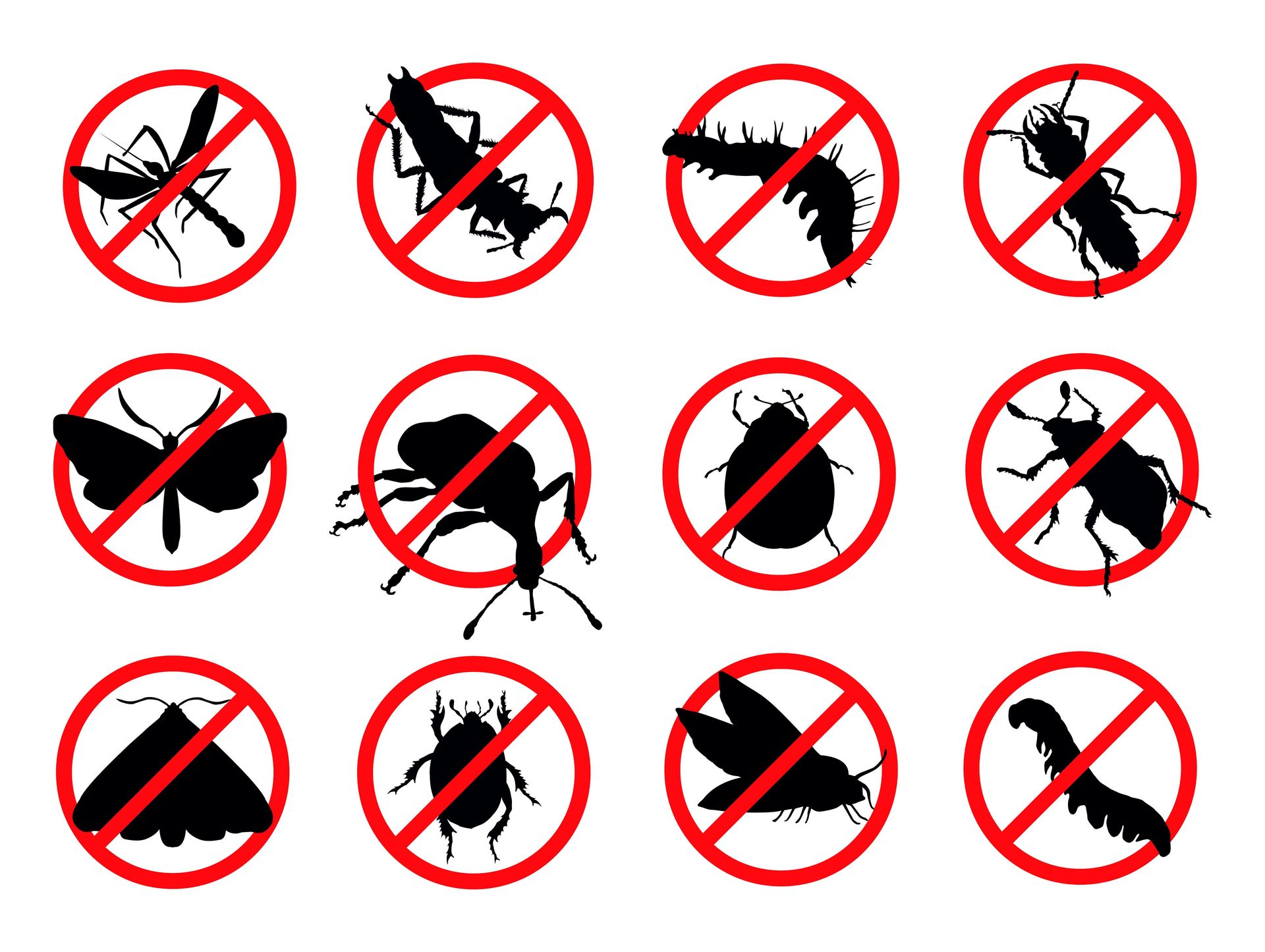How To Eradicate Mice From Your Home
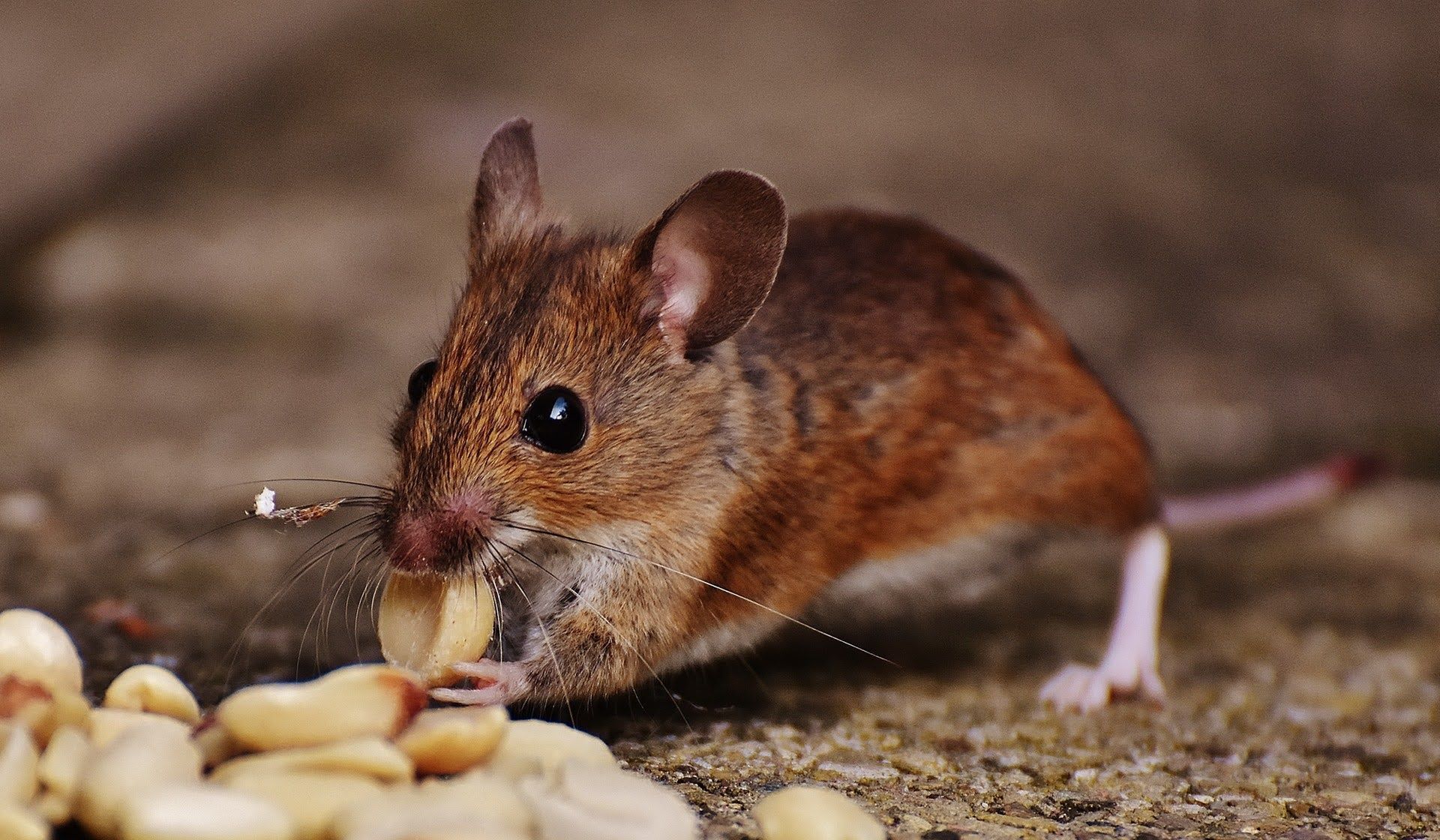
Mice are more than a nuisance once they invade your home. They can carry diseases like hantavirus and monkeypox. The pests may also cause major damage to your home. Fortunately, there are strategies to eradicate them.
Infestation Signs
Mice tend to make themselves known fairly quickly, if you know what to look for. The sooner you are aware of a mouse infestation, the easier it is to get it under control.
Droppings
Droppings are usually the first thing a homeowner notices. The small black rice-like grains will turn up anywhere that a mouse has been. Likely spots to find the droppings are in pantries and cupboards, tucked away in a drawer, or hidden in a closet. If the infestation is getting severe, you may also pick up the acrid odor of mouse urine or see footprint tracks through dust or spilled food.
Gnaw Signs
Mice, like other rodents, seem to be constantly gnawing. They will gnaw through wood to gain access to a food source, for example. They may also gnaw on the insulation around wires or pipes. You may find nests made of gnawed up paper, fabrics, or even wall insulation. In the pantry, gnawed holes through boxes, bags, and plastic storage containers are also likely.
Treatment Options
When treating for mice, care must be taken to ensure the safety of people, pets, and wildlife. Some consumer rodenticides are banned in California due to the risk they pose, so it's best to call in professional services for safe and effective treatment.
Traps
The preferred way to handle small infestations is with traps. Your pest control service may use different trap types, depending on how mice are situated. Simple snap traps can be effective, but they are messy for homeowners to deal with. A professional service will use enclosed traps, such as glue traps or electrocution traps. These only affect the mice that enter the trap, so pose no risk to pets or children.
Bait
For a more severe infestation, bait may also be used. Bait stations include an attractant that draws the mice to the station, along with a rodenticide. If you opt to use bait, then it's best to call in a pest service as these stations require careful placement to protect wildlife safety and to ensure effectiveness. Professionals have access to the type of bait that is most effective for household mouse control.
Sanitation
One of the key ways to control mice is through proper household sanitation. Your pest service will help you identify and remedy attractants around your property. This may include clearing brush piles, sealing up entry points around your home, and removing food sources or residues from inside and around your home.
Follow-Up Recommendations
Ongoing mitigation is necessary to ensure the mice are really gone and that they don't come back. Your pest service will be able to guide you on what follow-up service you need.
Exclusion
Mice can fit through an opening as small as 1/4 inch, so it may take a professional eye to find all the possible entry points. Your pest technician may recommend sealing up areas with metal screening that is then caulked over. Without the metal, a mouse can simply chew a new hole through the patch. Common areas of entry include the gaps around pipes that enter the home, gaps in the siding, and gaps around door seals.
Inspections
Your pest service will likely advise follow-up inspection and treatment services. Depending on the extent of the mouse infestation, these may begin as weekly or biweekly follow-ups, and then increase to monthly or yearly checks. Not only will your tech check, remove, and replace traps and bait stations, they will also look for any ongoing signs of infestation or new sanitation or entry point issues.
Contact Patriot Pest Management, Inc. if you suspect that mice have made their way into your home.


